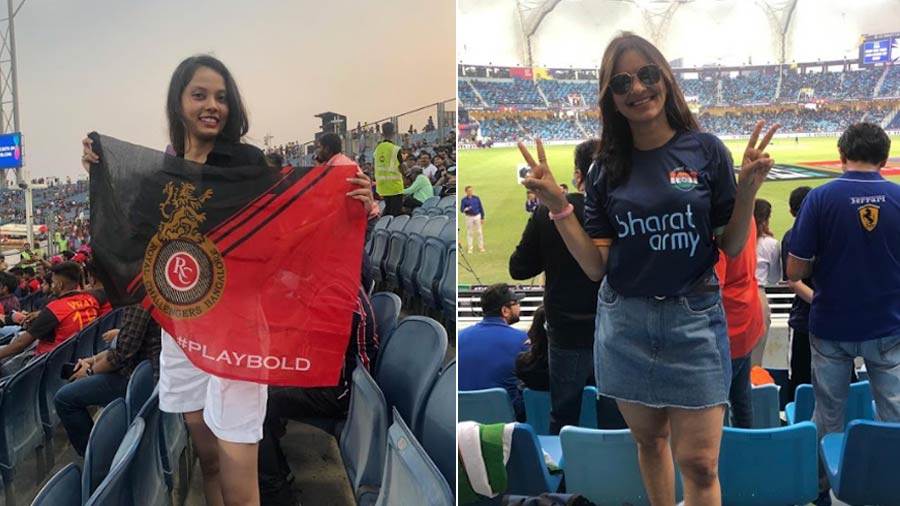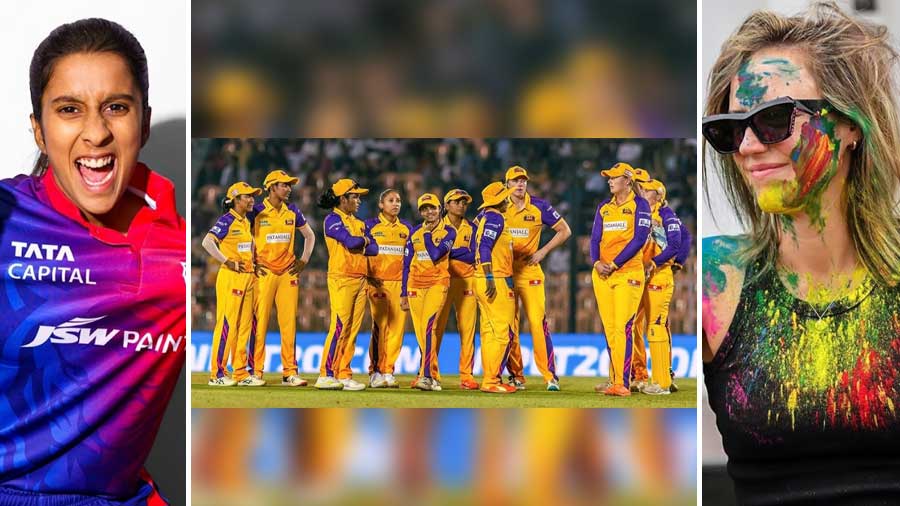A lot of things in life stop growing after a particular point. They do not get bigger or show any evolution year after year. Gradually, they even become stale and stagnant, happy to feed off the glories of the past and go through the motions instead of motoring forward. The Indian Premier League (IPL), about to enter its 16th season, is not one of those things.
In fact, just when you think that the IPL has slipped into a bubble of complacency, it escapes its own mould and comes up with something different, something that injects new life into a forever compelling concept and keeps cricket’s greatest extravaganza rolling on. Having followed the Silicon Valley formula of “moving fast and breaking things” in its early years, the IPL has matured to realise that in order to keep moving fast, it must also remake things and build them from scratch.
After three uncertain years due to the Covid-19 pandemic, the IPL, on paper, is back on familiar footing in 2023. The removal of pandemic protocols and the return of packed, pan-India stadiums make it the first “normal” IPL since 2019. And yet, so much about the greatest T20 competition in the world is about to change. Arguably for the better. What, when and how? My Kolkata has all the answers.
First things first. How long is this year’s IPL?
The IPL kicks off on March 31 this time around and will culminate on May 28, both at the Narendra Modi Stadium in Ahmedabad. A total of 74 matches will be played in 58 days, with 18 double-headers lined up. Afternoon games will begin at 3.30pm IST, while evening ones are scheduled for an 8.30pm IST start.
What is the format like?
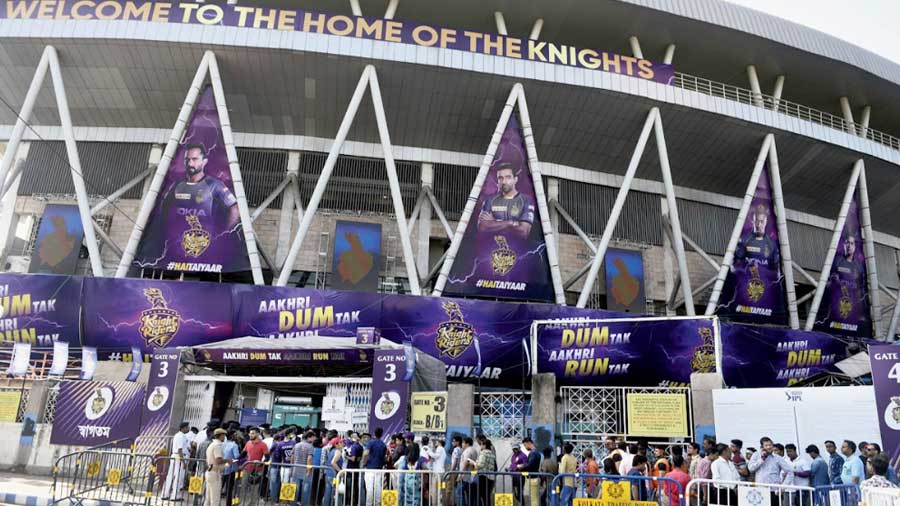
The Eden Gardens will host its first match involving KKR in the IPL since 2019 TT Archives
Like last year, 10 teams will be competing for the most lucrative prize in cricket’s shortest format, divided into two groups of five. Unlike last year, all teams will play home and away during the preliminary stage, with seven matches each at their base as well as on the road. Each team plays the five teams in the other group twice (home and away) and the remaining four teams in their own group once (either home or away). Group A comprises Mumbai Indians (MI), Kolkata Knight Riders (KKR), Rajasthan Royals (RR), Delhi Capitals (DC) and Lucknow Super Giants (LSG) whereas Chennai Super Kings (CSK), Royal Challengers Bangalore (RCB), Gujarat Titans (GT), Punjab Kings (PBKS) and Sunrisers Hyderabad (SRH) make up Group B.
All teams are classified and ranked on the basis of points on a single table. The top four teams after the prelims move to the playoffs, which retains its old ways of two qualifiers, one eliminator and the all-important finale.
The quirks of scheduling mean that some teams will have a harder run than others, even though it is supposed to be an equitable format for all. For instance, RCB’s second half of the season will mostly be away from the M. Chinnaswamy Stadium, even as CSK play four or their last six games in front of the Yellow Army at the M.A. Chidambaram Stadium. For the likes of GT, SRH and DC, the fixture list alternates between home and away games throughout the season.
Where will the IPL be shown?

RCB icons AB de Villiers and Chris Gayle will be part of the expert panel on Jio Cinema Instagram/Royal Challengers Bangalore
For the first time in history, the IPL will have split media rights, making it the second most valuable sports tournament in the world after the National Football League (NFL) in the US. This means that the networks airing IPL games will be different for TV and digital platforms.
For TV, Star Sports will extend its association with the tournament by broadcasting all matches on Star Sports 1, 2 and 3 as well as Star Sports Select and Star Sports Hindi. Twelve select matches will also be made free-to-air on Star Utsav Movies. The Star Network expert panel will provide commentary and analysis in English and Hindi, involving former cricketers such as Harbhajan Singh, Sanjay Manjrekar, Irfan Pathan, among others.
As for the streaming rights, Viacom 18’s JioCinema will be airing all IPL games for free on smart TVs, computers, tabs and mobile phones. Coverage will be presented in 4K (subject to device), multiple camera modes and 12 languages, including Bengali, with an expert panel featuring the likes of Suresh Raina, AB de Villiers, Chris Gayle, Jhulan Goswami and more. Four separate feeds — fanzone, fantasy, insiders and lifestyle — will add to the viewing experience on OTT.
What are the new rules for this year?
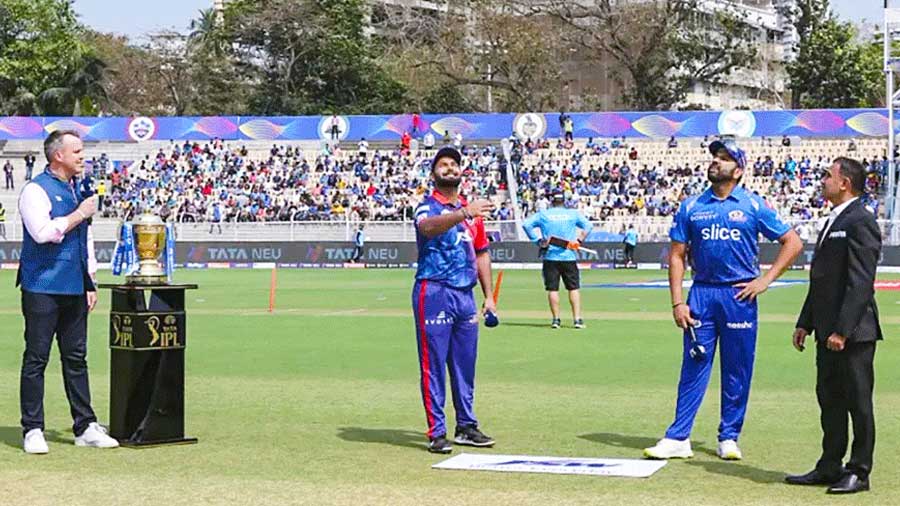
Teams can take two different starting lineups to the toss at this year’s IPL TT Archives
This is where things really begin to shake up, for the IPL has introduced several new rules for this season. First, both captains can now approach the toss with two different playing XIs, before deciding which one to field based on how the coin lands.
Second, and perhaps most crucially, each team gets to nominate four substitutes or “impact players” for every match, with one of them allowed to replace a starting player at any point in the proceedings (yes, cricket’s football-esque supersub moment is upon us!). This has massive ramifications strategically, as teams can essentially use two different players for what is deemed to be the most decisive phase of play as per their individual strengths. To illustrate, MI can bank on veteran Piyush Chawla during the middle overs of their bowling innings and switch him for young gun Tilak Varma when chasing a hefty total. However, no team can bring on an overseas player as a sub, unless there are three or less overseas players in the original lineup.
Third, DRS calls now extend to no-balls as well as wides (expect some drama when batters move around their crease, making third umpires squirm in their seats!). Fourth, a bowling team will be charged a five-run penalty should any of its fielders or the wicketkeeper be caught making “unfair movements” just before a ball is bowled. Such a delivery will also be declared a dead ball. Lastly, the captain of the bowling team will be apprised of the over rate ahead of the final two overs of an innings. Should their team be trailing on time, they will not be permitted to position more than four fielders outside the 30-yard circle for the remainder of the innings.
Which are the most notable personnel changes for the teams?
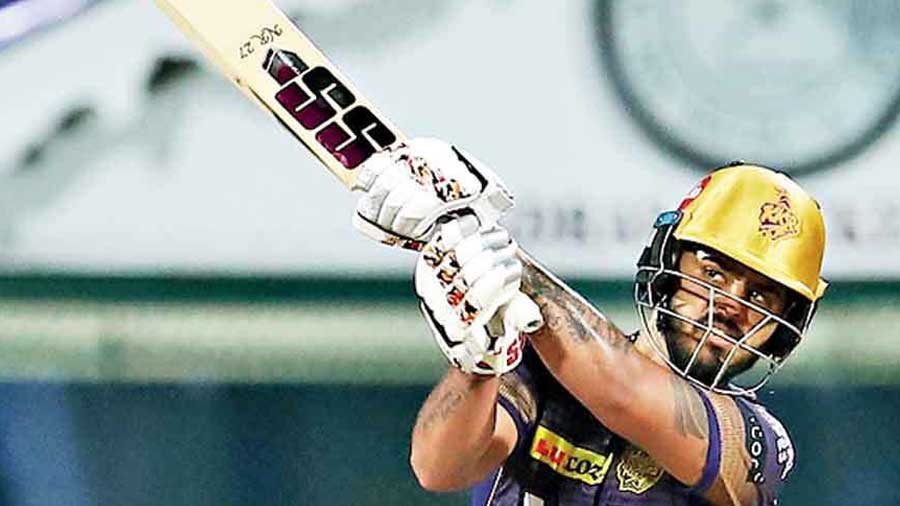
Nitish Rana will be one of three new captains in IPL 2023 TT Archives
PBKS will have a new skipper in Shikhar Dhawan after letting go of Mayank Agarwal last November. Both DC and KKR will also have new leaders at the helm due to injury layoffs for Rishabh Pant and Shreyas Iyer, respectively. While David Warner will step in for Delhi, first-time captain Nitish Rana will shepherd KKR. As for marquee players, England internationals made quite the splash at the auction back in December. At Rs 18.5 crore, Sam Curran will headline PBKS as the most expensive player in IPL history. Curran’s compatriots in Ben Stokes and Harry Brook will ply their trade for CSK and SRH, respectively. Cameron Green will bring in fresh firepower to MI, while Nicholas Pooran and Jason Holder will look to infuse LSG and RR with their Caribbean charisma. Kane Williamson could emerge as a guiding light for GT whereas Litton Das can cause a top-order explosion at KKR.
On the coaching front, Trevor Bayliss will manage PBKS instead of Anil Kumble, Chandrakant Pandit will take Brendon McCullum’s place in the KKR dugout, Brian Lara will succeed Tom Moody as coach of SRH and Mark Boucher will take over the reins of MI from Mahela Jayawardene.
Who will win it all?

Can GT become the third team, after CSK in 2010 and MI in 2020, to win consecutive IPL titles? TT Archives
As always, the IPL remains wonderfully unpredictable. But here are a few scenarios that are more likely to happen than not. Expect five-time champions MI to bounce back from a woeful two years (they finished bottom of the pile last term) and make a playoff charge, even without their spearhead in Jasprit Bumrah. With a return to Chepauk, CSK should be in contention and could make it to the last four if their death bowling holds up. GT and SRH are among the best-balanced outfits, with their core group of Indian youngsters a big plus. If David Warner and Jos Buttler are in full flow, DC and RR will have impressive seasons, while distributing the workload still holds the key for RCB. As for KKR, the absence of Iyer could either cripple the team or revitalise them. In terms of pedigree, this is arguably the weakest KKR unit in a decade. Which is precisely why, in the sensational world of the IPL, they might just go all the way!

